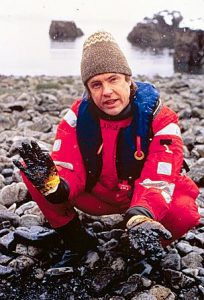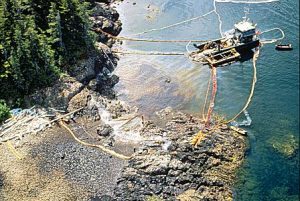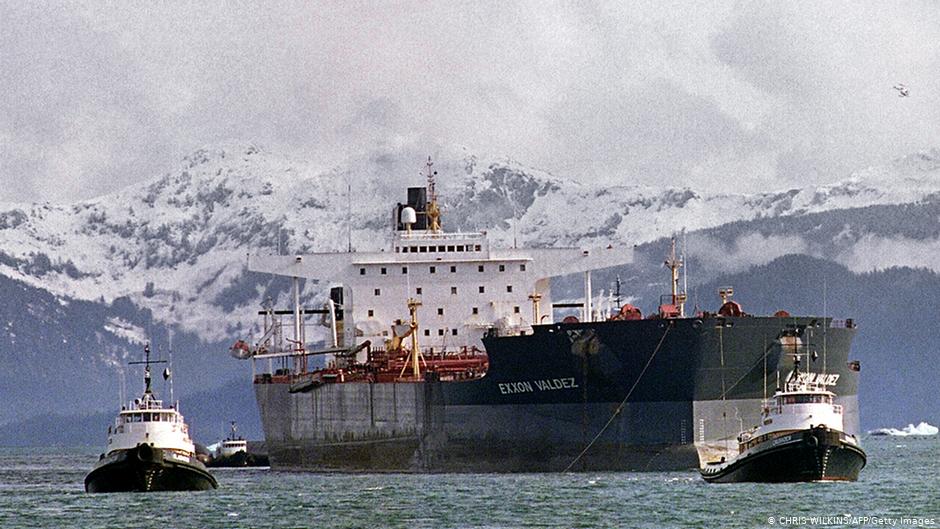In the early hours of the March 24th, 1989, the Exxon Valdez, a 300 meter-long, oil tanker owned by Exxon, struck Blight Reef in Alaska’s Prince William Sound, rupturing eight of its eleven cargo tanks and spewing some 11 million gallons of crude oil. At the time, the Exxon Valdez was the worst oil spill in U.S. history. While the oil spill did not directly take any human live, it caused great harm to both humans and nature. As a result of the spill, hundreds of birds, otters, seals, fish and other marine animals that inhabited the area died. Furthermore, the oil spill, which spread over 1,300 miles, uprooted many of the coastal communities in the Southern Alaskan Gulf––communities whose livelihoods were closely intertwined with the renewable resources of the land that the spill destroyed. For many Americans, the Exxon Valdez disaster incited anger over the loss of the pristine Alaskan wilderness and lead to increased calls for oil pollution regulations.


